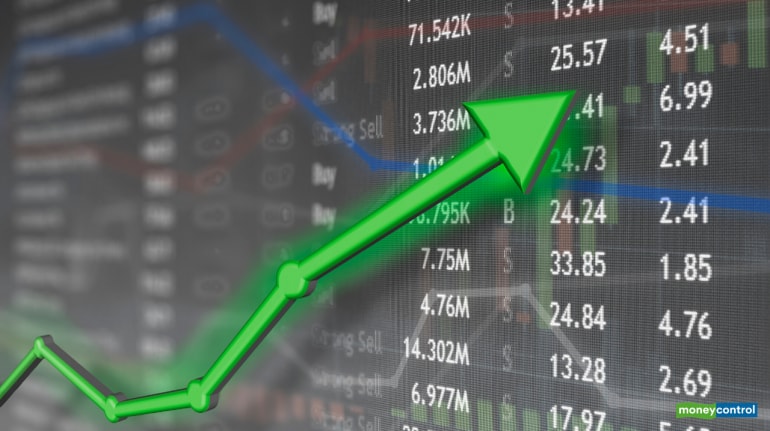



The Indian stock market is in the midst of one of its biggest bull runs to date. In just a little over a year, the benchmarks have more than doubled and many stocks—blue chips and even side counters —have seen their prices double or even quadruple since last year when sentiments had hit a nadir over concerns related to COVID-19 pandemic and the ensuing nationwide lockdown.
While the markets are still going strong even as the recent past has seen some amount of range-bound movement, there is a view emerging that the markets are overheated and heading towards a correction.
Market veteran R Venkataraman, who heads IIFL Securities, has identified five key indicators that, in his view, are pointing towards a bull market correction.
Valuations are often looked upon as one of the most common indicators to ascertain whether the markets are overbought or still have room for growth and Venkat, as he is fondly called, believes that the indicator is currently too good to be justified.
“The earnings yield of the Nifty Index at 4.8% is around 1.2 percentage point (ppt) lower than sovereign yield (compared with long term average of around 1 ppt gap). Such elevated valuations are difficult to justify in the near term even after accounting for the expected rebound in earnings growth,” he said.
When entities trade in the stock market, they have the option of taking delivery of shares or doing day trading wherein they just aim for some intra-day gains instead of buying and holding the shares for medium-term or long-term gains.
3. Look at delivery trading
A fall in the quantum of delivery trading is often looked upon as a sign that investors are not confident of a sustained upswing in the near-term.
“Delivery volume of around 20% is the lowest in a decade although the trading volume of the equity cash market is at an all-time high of around Rs 800 billion a day. This combination of high trading volume but low delivery volume points to rise in speculative trading in the cash market,” said Venkataraman.
He highlighted the fact that equity derivative market trading at around Rs 43 trillion a day has more than doubled in the last one year and retail participation is rising not only in equity derivative markets but also in other asset classes like currencies where it has jumped to around 19% compared to around 12% in FY16.
Market veterans often look at the movement in the mid-cap and small-cap universe to forecast the near-term outlook. They believe that if there is a huge gap in the movement of blue-chips compared to that of the mid-cap and small-cap universe, it reflects an unhealthy trend while increasing the probability of a correction.
“The midcap index has more than doubled since April 2020, while the small cap index has jumped by around 2.5 times. Several mid and small cap stocks have delivered even higher returns in the last 15 months,” said Venkataraman who has previously been associated with leading market intermediaries like ICICI Securities, J P Morgan and Barclays.
This widening of the trading universe along with increase in retail participation - more than around 50% of daily volumes - suggest that the bull markets could be peaking, added Venkataraman, an avid runner as well.
“Promoters/Insiders have sold equity worth around Rs 850 billion so far in CY21. The activity in primary markets (QIP/IPO/Rights etc.) also remains very strong. IPO issuances have attracted record participation despite fairly expensive valuations. Applications for some of the IPOs were at multi-year high and point to retail frenzy,” said Venkataraman, the Co-Promoter of IIFL Group and Chairman of IIFL Securities.
Discover the latest Business News, Sensex, and Nifty updates. Obtain Personal Finance insights, tax queries, and expert opinions on Moneycontrol or download the Moneycontrol App to stay updated!